Imagine winning an Olympic gold medal in architecture.
Others are reading now
Imagine winning an Olympic gold medal in architecture.
Ultimate stage for human performance
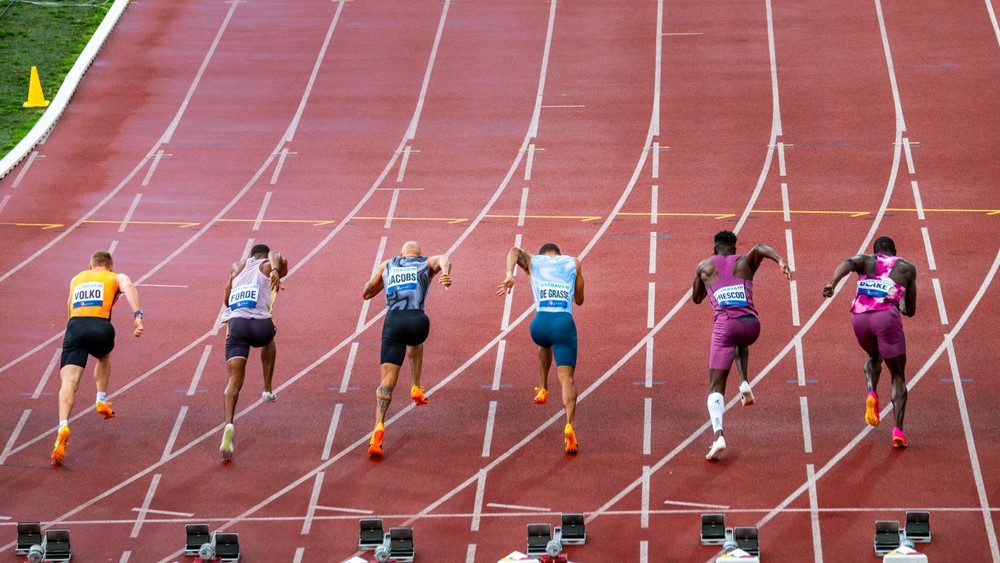
The Olympics are widely regarded as the most prestigious and competitive arena for athletes worldwide.
From sprinting to swimming, it’s where the best of the best showcase their abilities on a global stage, embodying excellence, discipline, and national pride.
Symbol of tradition and excellence

Rooted in ancient history and revived in modern times with great ceremony, the Games represent the ideals of sportsmanship and unity.
They bring together nations in peaceful competition and celebrate the very peak of human physical potential.
Also read
A history of surprising events
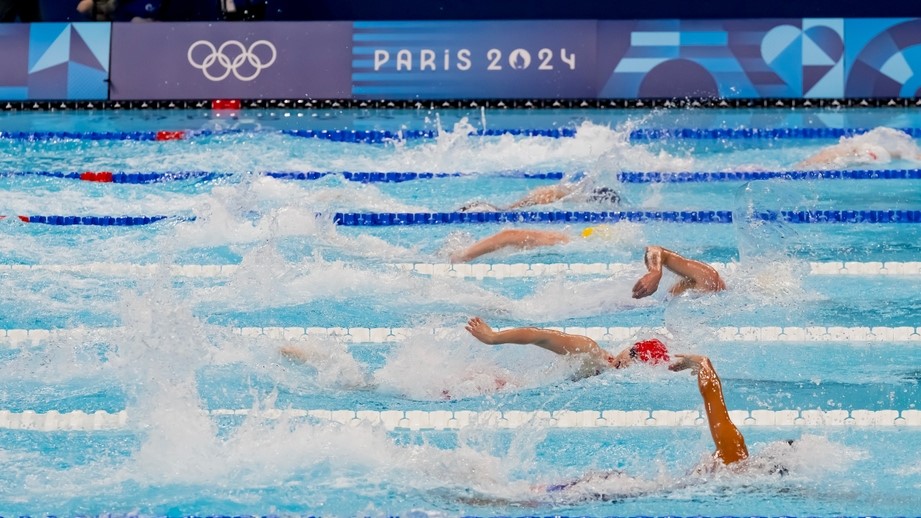
Despite this lofty status, the Olympics have seen their fair share of peculiar sports—some of which seem out of place among elite athletics.
And some of them are so strange that we wouldn’t even call them sports.
1. Live pigeon shooting (1900 Paris Olympics)

- What it was: Competitors used shotguns to shoot live pigeons released in front of them.
- Why it was strange: It was the only Olympic event to ever kill animals intentionally during competition. Around 300 birds were reportedly killed.
- Aftermath: The public backlash was severe, and it was never included again.
2. Solo synchronized swimming (1984–1992)
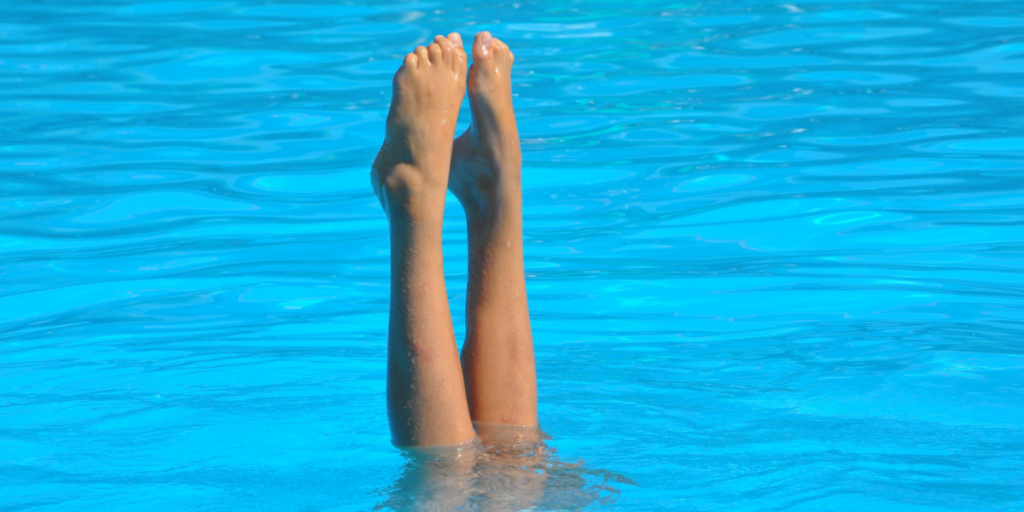
- What it was: A solo swimmer performed a routine to music.
- Why it was strange: The event was called “synchronized” swimming—despite only having one person in the pool.
- Criticism: Many found the concept contradictory, and it was eventually replaced by duet and team events.
3. Tug of War (1900–1920)
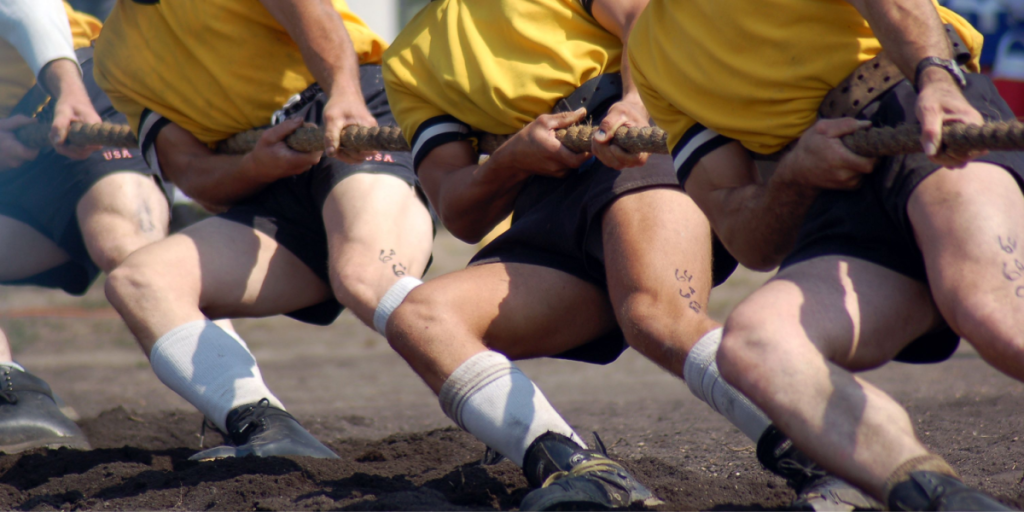
- What it was: Literally a tug-of-war between teams of eight.
- Why it was strange: It feels more like a school sports-day activity than an Olympic discipline.
- Fun fact: Great Britain dominated early editions, fielding teams made up of policemen.
4. Plunge for distance (1904 St. Louis Olympics)

- What it was: Athletes dived into a pool and floated motionless for 60 seconds. The one who drifted the furthest won.
- Why it was strange: It rewarded inactivity and body mass over athleticism or skill.
- Status: It was held only once and never returned.
5. Art competitions (1912–1948)

- What it was: Medals were awarded for works of art inspired by sport—such as painting, sculpture, architecture, literature, and music.
- Why it was strange: While noble in intent, judging was subjective and many winners were professional artists, conflicting with Olympic amateurism ideals.
- Phase-out: Replaced in 1952 by cultural exhibitions.
Eyes on LA 2028
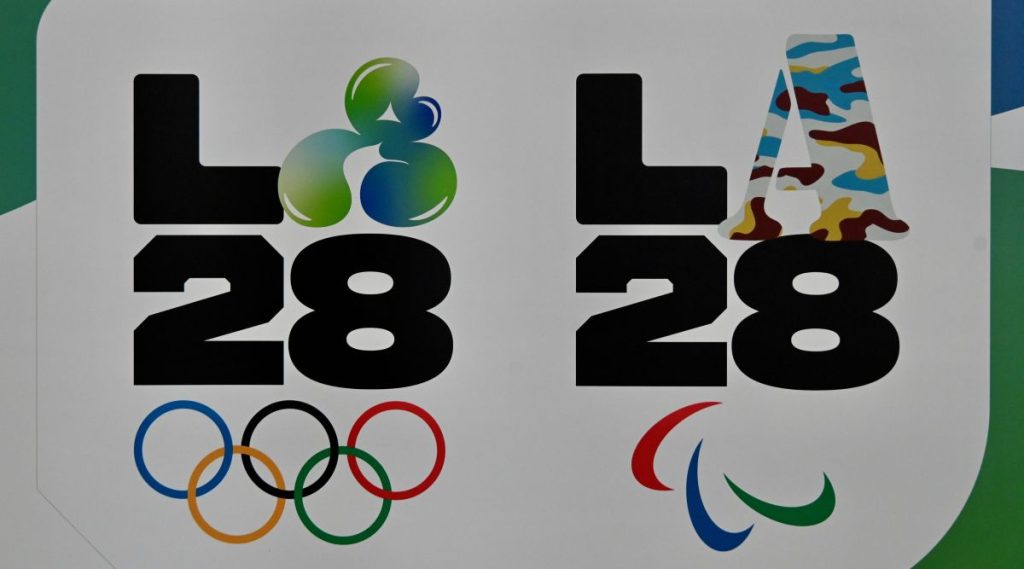
Ever since the extinguishing of the Olympic flame in Paris after the end of the 2024 Olympics, the countdown has been on for the next Summer Olympics – in 2028 in Los Angeles.
Maybe we should bring back some of the old disciplines – we’d love to see people go for the gold in city planning for example (and yes, city planning was a discipline in the architecture category).


